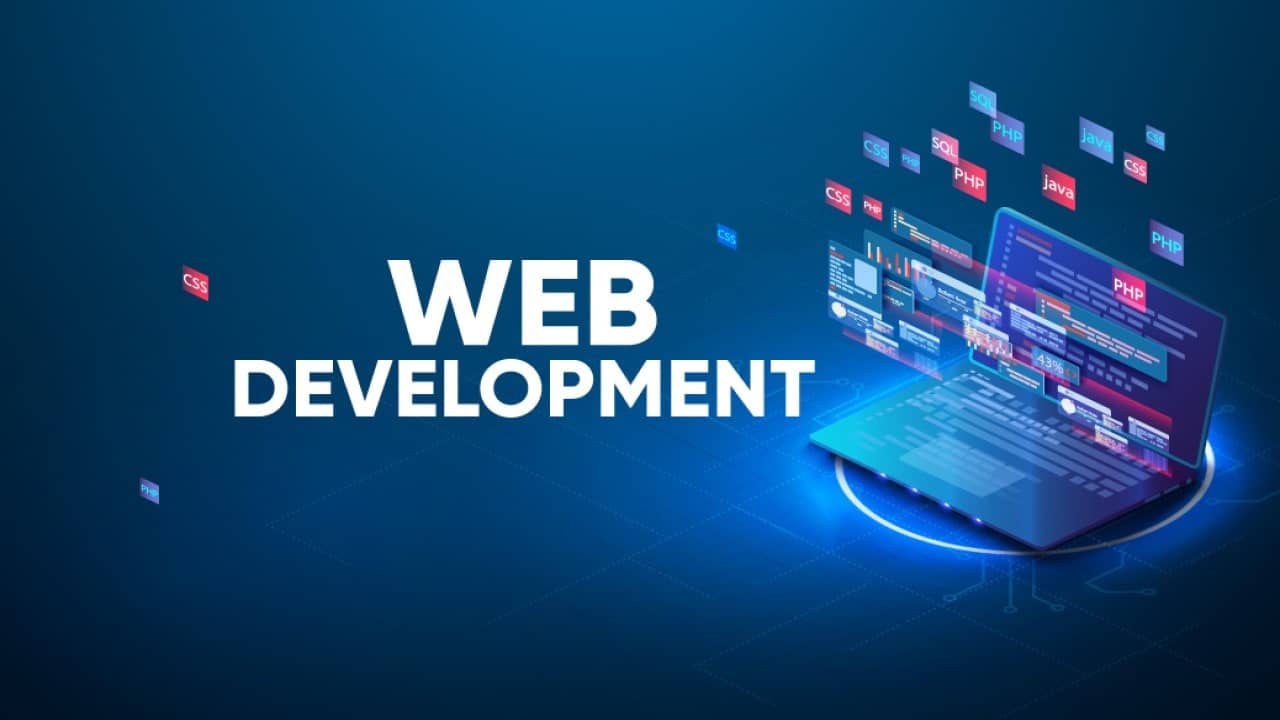As we edge closer to 2025, the landscape of web development is poised for a transformation that promises to redefine our interaction with the digital world.
The rapid pace of technological advancement, coupled with changing user expectations, is setting the stage for a series of trends that are expected to dominate the web development arena shortly.
In this article, we will delve into these trends and offer predictions on how they might shape the future of web development.
The Rise of AI and Machine Learning
Artificial Intelligence (AI) and Machine Learning (ML) have been buzzwords for a while, but their integration into web development is becoming increasingly profound. These technologies are not just automating tasks but are also enhancing user experiences by making websites more intuitive and personalized.
For instance, AI-powered chatbots are becoming more sophisticated, capable of handling complex queries and offering a level of interaction that closely mimics human conversation.
Similarly, machine learning algorithms are being used to analyze user behavior, enabling websites to tailor content and recommendations in real-time, creating a more engaging and personalized browsing experience.
Progressive Web Apps (PWA) Gaining Ground

Progressive Web Apps represent a blend of web and mobile app experiences, offering the best of both worlds. They are essentially websites that exhibit the functionality and seamless user experience of a mobile app.
As we move into 2025, PWAs are expected to gain even more traction, given their numerous advantages such as offline access, fast loading times, and the ability to receive push notifications. For businesses, PWAs present an opportunity to improve engagement and conversion rates without the need for users to download an app from a store.
The Advent of WebAssembly
WebAssembly (Wasm) is a game-changer in the web development domain, allowing code written in multiple languages to run on the web at near-native speed. This opens up new possibilities for web applications, enabling them to perform complex tasks and calculations quickly and efficiently.
As more developers adopt WebAssembly, we can expect to see web applications that are not only faster but also more powerful and feature-rich, breaking the limitations traditionally associated with web technologies.
Voice Search Optimization
With the increasing use of digital assistants like Alexa, Siri, and Google Assistant, voice search is becoming an essential component of online experiences.
Web developers are now focusing on optimizing websites for voice search, which involves understanding the nuances of natural language processing and ensuring that content can be easily retrieved through spoken queries.
This trend is likely to continue growing, necessitating adjustments in SEO strategies and website designs to accommodate voice search queries.
API-First Development

The proliferation of IoT devices and the need for seamless integration between different systems and applications is driving the adoption of API-first development.
This approach, where APIs are designed first before the actual application, ensures that applications can easily communicate with each other and with various devices.
As the IoT ecosystem expands, the API-first approach will become increasingly important, enabling more connected and interoperable web solutions.
Serverless Architecture
Serverless architectures are transforming the way web applications are built and deployed. By abstracting the server layer, developers can focus on writing code without worrying about the underlying infrastructure.
This not only speeds up the development process but also optimizes costs, as resources are consumed only when the code is executed. The scalability and efficiency of serverless architectures make them an attractive option for web development projects, especially those with variable or unpredictable traffic.
Motion UI
In a digital landscape where user engagement is paramount, Motion UI is emerging as a key trend. By incorporating animated elements and transitions, websites can create a more immersive and interactive user experience. Motion UI can guide users through a website, draw attention to important elements, and make the overall experience more dynamic and engaging.
As web development tools evolve, incorporating Motion UI into websites is becoming easier, allowing developers to create visually stunning and interactive websites without compromising on performance.
Cybersecurity Emphasis

As the web becomes increasingly integral to our daily lives, the importance of cybersecurity cannot be overstated. Web developers are now prioritizing security from the outset, adopting a ‘security by design’ approach.
This involves implementing robust security measures such as HTTPS, data encryption, secure coding practices, and regular vulnerability assessments to protect against the ever-evolving threat landscape. As cyber threats become more sophisticated, the emphasis on cybersecurity in web development will only intensify.
The Expansion of Low-Code and No-Code Platforms
The democratization of web development is set to take a significant leap forward with the expansion of low-code and no-code platforms. These platforms empower individuals with little to no coding expertise to create websites, applications, and workflows through graphical user interfaces and simple drag-and-drop features.
As businesses seek to accelerate digital transformation and reduce the reliance on specialized development resources, these platforms are becoming increasingly popular. They not only streamline the development process but also encourage innovation across all levels of an organization by enabling more team members to contribute to digital projects.
Sustainability in Web Development
Sustainability is a growing concern in all sectors, including web development. Developers are now considering the environmental impact of their websites, focusing on creating energy-efficient websites that minimize carbon footprints.
This includes optimizing images, reducing the use of heavy scripts, and adopting green hosting solutions. As awareness of digital sustainability grows, eco-friendly web development practices are expected to become a standard.

End Note
In conclusion, the future of web development is poised for exciting developments, driven by advancements in technology and changing user expectations. From the integration of AI and ML to the emphasis on cybersecurity and sustainability, these trends are shaping a new era for web development.
As we look ahead to 2025, it’s clear that the web development landscape will continue to evolve, offering new opportunities and challenges for developers and businesses alike. Embracing these trends and adapting to the changing digital environment will be key to staying ahead in the dynamic world of web development.









